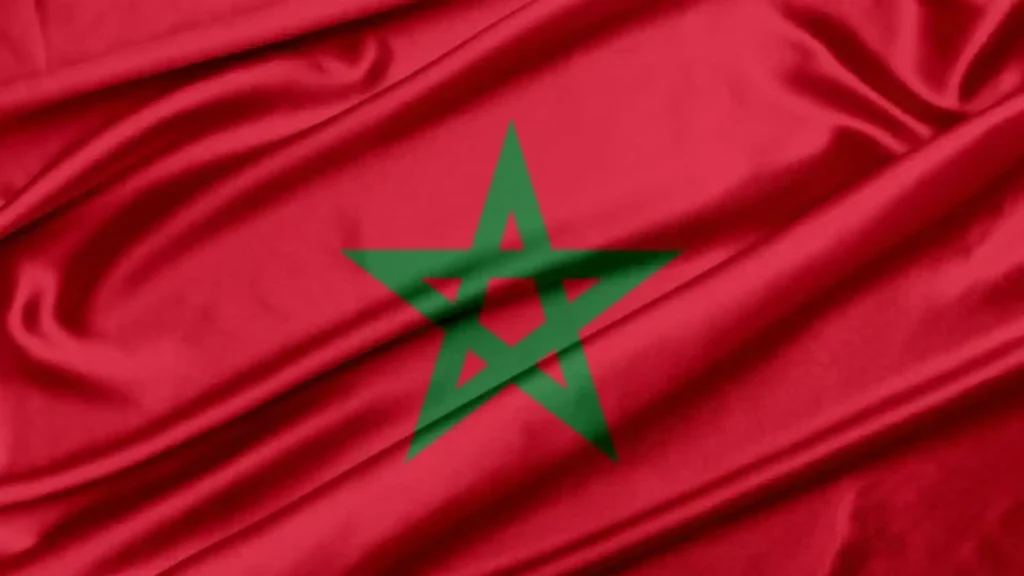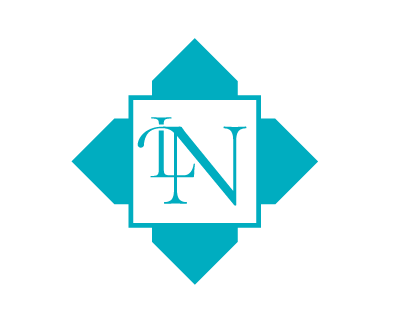Moroccan flag meaning and history
If you’ve ever stumbled across a big red flag with a green star in the middle and wondered to which country it belonged, we will answer all of your questions. This vibrant red flag belongs to the Kingdom of Morocco, and I am sure after reading this article and the history behind it, you would love to discover more and organize a Moroccan tour to visit all the historical and magical places that create this wonderful country with all the traditional habits of the population. So let’s start with the beginning and let you have a virtual trip to Morocco that is going to give you a the urge to make it happen. On November 17, 1915, the Kingdom of Morocco approved its flag and state ensign. The flag could only be flown ashore when French and Spanish conquerors ruled Morocco; flying it at sea was forbidden. In 1955, Morocco regained its independence, and the country’s flag was restored. Moulay Yusef, the Sultan of the Alaouite Dynasty who ruled the country from 1912 until 1927, created the flag. Between 1666 to 1915, the Alaouite dynasty flew a plain red banner as the national flag of Morocco. Morocco’s flag is full of colors, patterns, and history. It is different from most other countries’ flags in the sense that you can’t simply look at it and know what it means. The colors on Morocco’s flag stand for freedom and cultural independence. The Alawites currently run Morocco’s government and have flown dark red flags since 1666. Every dawn, the flags of the castles in Sale and Rabat were raised. In accordance with the Moroccan Treaty, France was granted protectorate status over the Middle-Moroccan territory in 1912. This arrangement separated Morocco into three parts. Spain maintained control over the southern and northern desert, while France received the rest territory. International protection was extended to Tangier. The states managed Germany, Spain, France, and England jointly. To differentiate the Moroccan flag from the flags of other Arab States, a five-pointed green star was added to the middle of the flag in 1915. The five-pointed green star and the red jihad, both of which were modeled by the Suleiman ring, symbolize martyrs who gave their lives in defense of their country. Prince Muhammad Ibn ‘Abd al-Karim al-Khattabi formed the Rif Republic, took control of northern Morocco between 1920 and 1927, and started a resistance movement against the foreign occupation. Khattabi used a red flag with a white square in the center during the revolution. A six-pointed star and a crescent both have a green tone inside the square. For eight years, Spain flew a red flag over its territory. This flag features a green rectangle with a white star with five points in the left-hand corner. Meaning of the Moroccan flag Like many other national flags, the Moroccan flag is uncomplicated in appearance. But despite its appearance, the Moroccan people attach considerable importance to this flag. Since the Alaouite monarchy, the nation has always valued the color red, which is prominent in the flag. Red was a common hue in the country’s historical flags. The flag’s colors stand for a variety of characteristics, and the pentagram in the center represents Islam’s five pillars and Solomon’s seal. The five pillars of islams are: Colors of the Flag The Moroccan flag is composed of three colors. The field’s predominant color is red. The red has been significant throughout Moroccan history and stands for sturdiness, boldness, bravery, and hardness. The five-pointed pentagram is depicted as green. Green is a color that stands for joy, love, peace, and optimism. Additionally, it symbolizes Islam. Black, which is the third color of the flag, is used to outline the pentagram. History of the Moroccan flag The kingdoms of the Idrisid and Almoravid, which ruled Morocco from 780 to 974 and from 1070 to 1147, used white silk banners. The latter, however, had an Arabic inscription that said, “There is no god but God, and Mohammad is His Prophet,” which is a translation. The crimson flag of the Almohad dynasty, which ruled from 1147 until 1269, had a charge in the middle that resembled a chessboard with 64 black and white squares. The flag of the Marinid dynasty, which ruled from 1258 until 1420, was crimson with a yellow outline around the edges and an octagonal star in the center. This flag was also flown throughout the Saadi dynasty’s rule, which lasted from 1554 until 1659. The Alaouite dynasty controlled Morocco from 1666 until 1915 and flew a red flag without any decorations. Early Moroccan flags from the 17th century were just red flags without any real pattern. The current flag’s pentagram was introduced in 1915 under the rule of Mulay Yusef. The flag may be flown on land under Morocco’s French and Spanish occupation but not in the air. When the country recovered independence in the 1950s, the flag that is presently in use was reinstated as the flag of the country. National Moroccan Flags: Civil Ensign: a red field with a green pentagram, a linear star with five points, and a yellow crown with one star in the canton. Naval Ensign: a red background with a green pentagram, a five-pointed star in the center, and a yellow crown with one star in each corner. Naval Jack: a green pentagram with a yellow border, a five-pointed linear star, and a red swallow-tailed field. Royal Flag: a five-pointed linear star within a green pentagram with a yellow border on a red background. The Royal Standard Flag: a green background with the coat army in the center. Now, onto the military flags of Morocco: Armed Forces: a red field with a yellow border, a green pentagram with a yellow border, a five-pointed linear star, and three gold corners with Arabic writing (God, Country, King) Ground Force: a crimson field with a yellow border and the army’s insignia in the middle. Naval Force: navy insignia in the middle of a light blue field with a


